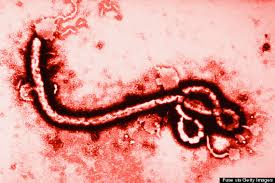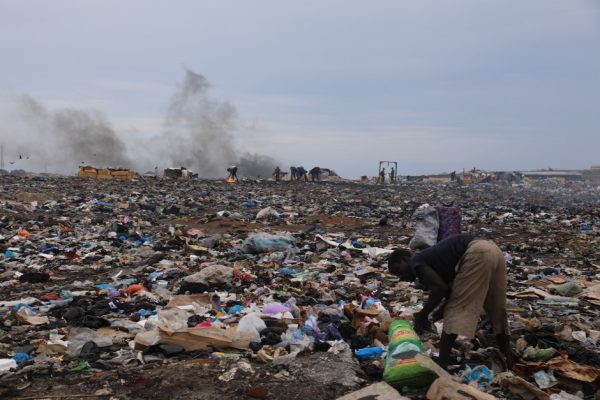Ebola Epidemic Continues
The epidemic continues to spread, affecting multiple regions of Western and Central Africa.

A picture of the deadly Ebola virus.
September 24, 2014
In the course of three months, Ebola hemorrhagic fever (Ebola) has taken over 2,000 lives, spread across five countries, and leaves thousands more at risk, while the disease has been successfully quarantined within Africa, the possibility of spread still exists. Multiple drug and research companies are in the process of creating vaccines, with some currently in the testing stage.
“This far outstrips any historic Ebola outbreak in numbers. The largest outbreak in the past was about 400 cases”, Dr. Bruce Aylward, the World Health Organization’s (WHO) assistant director-general for emergency operations, stated in a press conference discussing the pandemic.” What we are seeing today, in contrast to previous Ebola outbreaks: multiple hotspots within these countries — not a single, remote forested area, the kind of environments that have been tackled in the past. And then not multiple hotspots within one country, but international disease.”
Ebola Virus Disease is caused by a virus classified as, quite simply, Ebola virus. The virus is spread to humans through consumption or contact of animals, generally bats, that contain the virus. Human-to-human transmission occurs via direct contact with blood or bodily fluids from an infected person. Once inside the body, the virus attacks several different immune cells, causing system-wide inflammation. The disease’s early symptoms include fatigue, fever, headaches, joint, muscle, and abdominal pain. This is followed by vomiting, diarrhea, both internal and external bleeding, hemorrhaging, and eventually, organ failure. Reports of the disease began in March of this year, with the outbreak beginning in Guinea. It was later traced back to a case of a two year old child in early December 2013.
Reports of the disease began in March of this year, with the outbreak beginning in Guinea. Fruit bats are thought to carry the Ebola virus, which are then transmitted through consumption. It was later traced back to a case of a two year old child in early December 2013. The disease’s early symptoms include fatigue, fever, headaches, joint, muscle, and abdominal pain. This is followed by vomiting, diarrhea, and both internal and external bleeding.
Since then, the disease has spread rapidly in west and central Africa, affecting The nations of Liberia, Nigeria, Senegal, Sierra Leone, and the Democratic Republic of Congo. WHO has responded by deploying experts and medical care to assess and control the situation, while setting up mobile laboratories, spreading awareness, and education campaigns. Quarantine facilities have been put in place in affected areas, and all commercial flights entering and departing the affected regions being grounded.

Credit: CNN
While at the same time, Drug and research companies are currently on the path to finding a vaccine. NewLink Genetics, a pharmaceutical company based in Ames, Iowa, has finished the production of a vaccine and will soon begin human testing of the drug.
“We are preparing Phase 1 studies in North America, Europe and Africa, and recently signed agreements with third-party manufacturers to scale up vaccine production,” Stated Dr. Charles Link, Newlink’s chief scientific officer and CEO. About 40 healthy adult volunteers will receive the vaccine. The trials will then measure how the volunteers respond and how long the vaccine lasts.














